Normally, the things around us become damaged after experiencing an unexpected disruption or shock. But there are aspects to our world that actually get better after a setback. Here’s why things that don’t kill us can sometimes make us stronger.
Illustration by Tara Jacoby
We often associate disasters — be they environmental, social, political or economic — as terrible things, worthy of avoidance. And for the most part, they are. As history has repeatedly shown, catastrophes cause great stress for civilisations, institutions and individuals as they struggle, sometimes unsuccessfully, to recover from their losses.
Over the years, however, a number of thinkers have made the case that disasters and unexpected shocks aren’t completely negative. It’s a counter-intuitive perspective that’s giving pause to everyone from risk analysts, entrepreneurs and technologists, right through to environmentalists and politicians. What’s more, it’s forcing a re-think about the extent to which we can take risks, and how well we can adapt, and even improve, after a setback.
Thales’ Olive Presses
As children, we learn a valuable lesson by putting our hands on a hot stove, or by carelessly slipping on a slick sheet of ice. Our growth and learning are fuelled in large part by missteps, mishaps and accidents. This concept has existed in a more formal capacity for millennia, though it has been expressed in different ways.
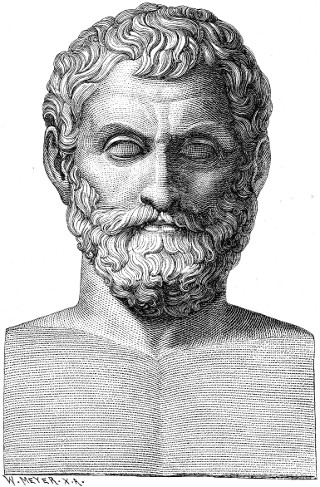
Thales of Miletus, an ancient Greek philosopher, was one of the first thinkers to capitalise on the concept. Prior to the olive harvest, he audaciously purchased the right to use every olive press in his region (and at a discount no less). The olive harvest was particularly bountiful that year — so he did what any sensible person would do after cornering the market: He rented the presses out at high prices as the demand skyrocketed.
Thales understood that optionality was the key to risk. At worst, he would suffer minimal losses. But should things go right, his gains would be huge. Put another way, Thales put himself into a position where something unexpected created an opportunity for improvement; randomness and uncertainty, he showed, doesn’t always have to be met with dread. Consequently, some consider Thales to be the first option trader.
More philosophically (if not existentially), the Roman philosopher Seneca went through the trouble of mentally preparing himself for profound material losses. So, when he experienced a loss, he was already psychologically primed to accept it. But when he experienced gain, it was construed as a bonus. For example, Seneca began his travels with basically nothing (typically a blanket and a few other minor possessions) and collected “bonus” possessions over the course of his journey. For Seneca, it was all in the framing.
Thesis, Antithesis, Synthesis
During the Enlightenment era, and later, in the 19th century, political philosophers and historians sought to understand the mechanisms of change and progress.
Consider the concept described by Immanuel Kant, in which a thesis (a proposition or worldview) runs in opposition to its antithesis (a direct negation of the thesis) creating a conflict that eventually produces a synthesis. This, in turn, becomes the new thesis, and the cycle repeats.
Relatedly, Karl Marx theorised that paradigmatic social changes were facilitated by the friction produced between economic classes. In his time, this meant the conflict between the proletariat (workers) and the bourgeoisie (owners). This struggle, he predicted, would eventually reach a nexus point, or revolution, during which the subjugated would overthrow and replace the owner-class. Consequently, the credo of the 19th century revolutionary was, “The worse, the better.”
Political Nihilism
The political nihilist’s use of chaos and turmoil as a means for instigating political change also bears consideration.
Most nihilists, whether they’re existential nihilists or moral nihilists, ascribe no value or purpose to the meaning of life. But political nihilists, such as the Russian nihilists of the 19th century, advocate for chaos and turmoil as a way to disrupt the political and social order. The hope is that something better can rise from the ashes.
There’s something to be said for this worldview. Whether it be deliberate or inadvertent, turmoil and stress can instigate change — and sometimes that change can be positive. For example, Japan and West Germany are sometimes considered, paradoxically, big “winners” of the Second World War, owing to the massive reconstruction projects funded by the victors, the United States in particular.
Historian Chris Crawford argues that massive social disruption can create opportunities for tremendous cultural, political and economic growth. He points to the example of the catastrophe at the end of the Bronze Age, writing that:
[The Sea Peoples] built a new civilisation from scratch — a more complex civilisation that sported many advantages over the ancient Middle Eastern civilizations. This new civilisation, the Greek civilisation, changed everything. They invented rationalism and geometry and explored a huge range of ideas, leaving a mark that impressed people from other cultures for thousands of years. Even today, we talk about “The Glory that was Greece”.
At the same time, Crawford suggests that the stability of China and India was “stultifying”.
Nihilism or agitation can also work in asymmetric warfare. Terrorism is particularly effective at generating a response. It was a Bosnian Serb’s bullet that instigated the First World War; four years later, Serbia became part of Yugoslavia, while its mortal enemy, Austria-Hungary, no longer existed. Though Serbia suffered terribly in the Great War, it was mission accomplished.
Today, a case can be made that ISIS — the so-called Islamic State — is also working according to this principle. Its barbaric practices serve no obvious tactical purpose, but strategically, these efforts could instigate something greater, which could work to ISIS’s advantage.
Creative Destruction
During the first half of the 20th century, Marxist philosopher and economist Joseph Schumpeter coined the paradoxical term “creative destruction”. He argued that capitalism exists in a tumultuous state where phases of innovation cause the destruction of established enterprises and industries. But in its wake, new businesses appear. The idea, which has since been stripped of its Marxist baggage and adopted by more mainstream economists, stands in stark contrast to Adam Smith’s notion that an “invisible hand” creates stability in the marketplace.
The idea has an almost Darwinian ring to it. As Schumpeter wrote in his 1942 book, Capitalism, Socialism, and Democracy:
The opening up of new markets, foreign or domestic, and the organizational development from the craft shop to such concerns as U.S. Steel illustrate the same process of industrial mutation — if I may use that biological term — that incessantly revolutionizes the economic structure from within, incessantly destroying the old one, incessantly creating a new one. This process of Creative Destruction is the essential fact about capitalism.
Though Schumpeter saw this process as one in which capitalism inexorably works to foster the seeds of its own destruction, modern re-interpretations acknowledge that good things often emerge afterwards. As noted by economists W. Michael Cox and Richard Alm, “Over time, societies that allow creative destruction to operate grow more productive and richer; their citizens see the benefits of new and better products, shorter work weeks, better jobs, and higher living standards.”
Disruptive Innovation
Schumpeter’s idea can be seen as a kind of precursor to the concept of “disruptive innovation”, a term that was coined by Harvard economist Clayton M. Christensen in 1995.
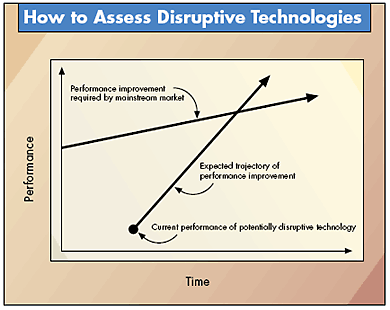
In his article, “Disruptive Technologies: Catching the Wave“, he described how innovations sometime create a new market and value network, which often perturbs an existing market, thus displacing an earlier technology.
Interestingly, the ideas of both Schumpeter and Christensen speak to the ongoing process of automation and how it might lead to massive technological unemployment and the necessity of universal basic income. But as Christensen noted in a Wired article, entrepreneurs can still “pick up venture capital on the way out” so that they can “start new disruptive corporations”.
Recently, these concepts have been linked to sustainable development. Economists like the University of Virginia’s Andrea Larson have argued that economic opportunities are ripe in environmentally relevant market failures. As some companies resist the tide, other businesses strive to be environmentally responsible, sustainable and profitable. In these situations, the stress of having to adapt to environmental and social pressures are actually resulting in positive outcomes. Those who resist adaptation will simply fail and be replaced by new companies willing to fill in the gap.
“Entrepreneurs should be open to opportunities for disruptive improvement based on sustainability,” writes Larson in her book, Sustainable Innovation Through an Entrepreneurship Lens, adding that, “Companies that chart a course around the most likely set of future conditions with an eye to competitive advantage, good corporate citizenship, and stewardship of natural resources are likely to optimise their profitability and flexibility — and hence their strategic edge — in the future.”
Hitting the Environmental Reset Button
Catastrophes can also produce beneficial changes in the environment as well.
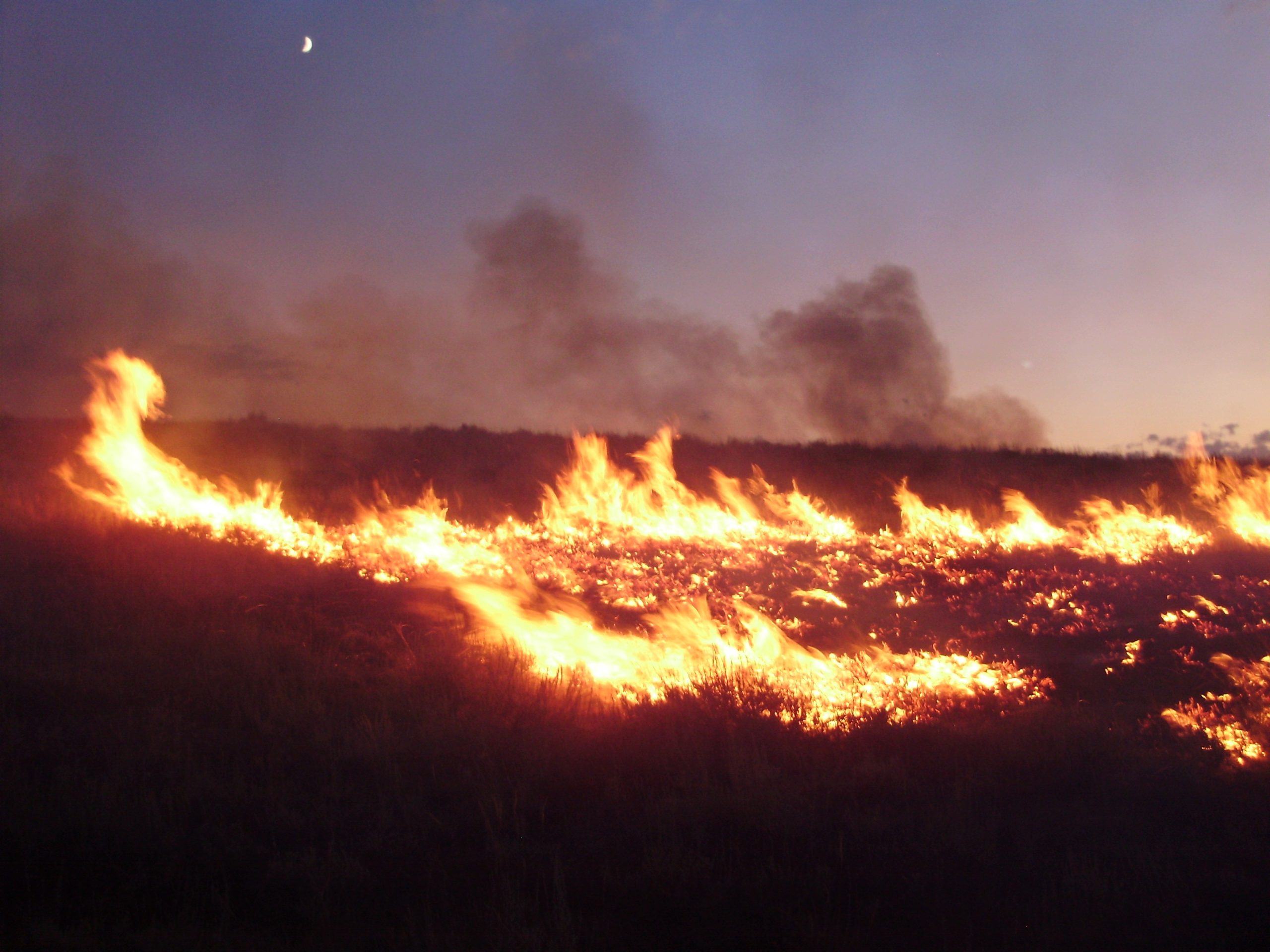
Famartin/CC
It is well known that bushfires play an important role in maintaining ecosystems and ensuring the survival of certain plants and animals. Fires wipe out diseases, allow certain seeds to germinate and lower the canopy so that deer, moose, elk and other herbivorous animals can feed on low-lying shrubs.
More dramatically, mass extinctions — though terrible for the extant life in existence at the time — have contributed significantly to the diversity of life on Earth. Dinosaurs ruled the Earth for an incredibly long stretch of time before getting wiped out in the Triassic Extinction some 200 million years ago. It was like hitting the reset button on the ecosystem, one that allowed a new subset of animals to adapt to new conditions. Had this never happened, it’s unlikely that human-equivalent intelligence would have ever emerged. In this sense, disasters can sometimes serve to prevent too much stasis from setting in.
Antifragile Systems
Four years ago, philosopher, quantitative analyst and former derivatives trader Nassim Taleb pointed out that there’s no word to describe those things that improve after they get jostled or damaged. That’s why Taleb, author of Black Swan: The Impact of the Highly Improbable, coined the neologism “antifragile”. The details surrounding the concept of antifragility are elucidated in Taleb’s 2012 book “Antifragility: Things That Gain From Disorder“, and in an accompanying paper, co-authored with French economist and mathematician Raphael Douady, titled “Mathematical Definition, Mapping, and Detection of (Anti)Fragility“.
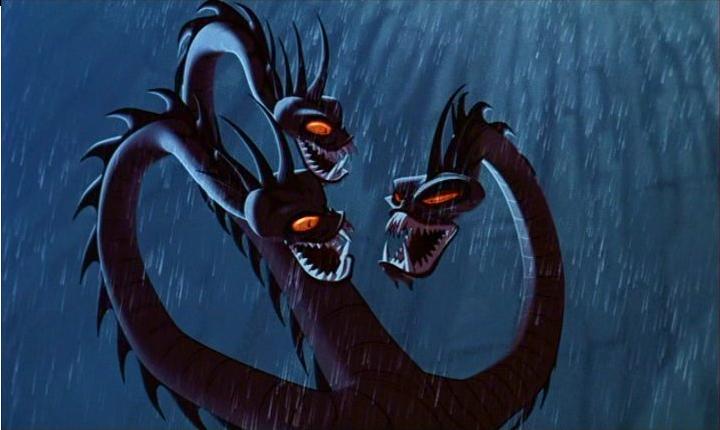
At a basic level, antifragility can be encapsulated by the oft-repeated phrase, “What doesn’t kill me can only make me stronger.” The mythical Hydra of ancient Greece is a prime example — a serpent-like creature that grows a second head for every one that’s chopped off. According to Taleb, many aspects of our society, including our tools and infrastructure, are dangerously brittle. What’s more, we’re becoming increasingly unable to deal with sudden and unpredictable events. To survive and adapt, he says we need to become more like the Hydra.
To be clear, antifragile is not the opposite of fragile. Rather than thinking about a shipping box labelled, “Handle with Care”, Taleb says we should imagine a box marked, “Please mishandle.”
At an intuitive level, the concept seems to contradict our understanding of entropy. Systems appear to move towards disorder over time. As wood burns, it becomes ash, smoke and gas, all of which are more “disordered” than the solid fuel they came from. Similarly, vases break, ice melts and sugar dissolves. These changes, which are often induced by some form of stress — whether it be a chemical reaction, the power of gravity, or merely the passage of time — don’t really improve things.
Take a coffee cup, for example, an intensely fragile object. It suffers intolerably from large “deviations”, such as a tumble off a table, rather than from the collective effects of smaller shocks. Similarly, a building, a bridge, an aeroplane or a bank balance sheet are robust only to a certain point. Beyond a certain level of variability and stress, they may fail or collapse. In this sense, they are particularly fragile to uncertainty as it pertains to the stressor in question.
But as Taleb points out, some stress is good. Sometimes, a system grows stronger under duress or pressure. In his book he writes:
Some things benefit from shocks; they thrive and grow when exposed to volatility, randomness, disorder, and stressors and love adventure, risk, and uncertainty. Yet, in spite of the ubiquity of the phenomenon, there is no word for the exact opposite of fragile. Let us call it antifragile. Antifragility is beyond resilience or robustness. The resilient resists shocks and stays the same; the antifragile gets better.
A hockey team, for example, as it faces a new offensive strategy from the opposition (that is, the stressor) exhibits antifragile tendencies through its ability to respond and adapt to the change (for example, by stepping up its own level of intensity and countering the new strategy). Weight lifting is a great example of how we exploit antifragility in our daily lives; by subjecting our bodies to certain stressors, we gain from them. It also applies to the business world. The restaurant industry benefits from antifragility by exploiting the mistakes of individual restaurants as it works to figure out why certain restaurants failed. Trial-and-error is an indelible component of being antifragile.
Perhaps the best example of antifragility comes from nature. Natural selection acts on disorder (in the form of random mutation) to cull maladaptive phenotypes from a population over time. The nature of natural selection highlights another property of antifragility: At the level of the individual, antifragility (that is, a mutation that gives rise to an unfavourable adaptation) doesn’t always work so well — but at the species level, variability can ensure ongoing survival in an unpredictable and changing world.
Because the future is so hard to predict, Taleb says we should develop strategies and systems that benefit from these shocks when they happen. To be clear, he’s not saying we should necessarily plans for these eventualities before they happen, but while and after they happen. It’s the ensuing volatility that both facilitates and allows for improvement.
What Taleb argues is that, by deliberately trying to remove small shocks from a system, that system may becomes more stable temporarily, but actually becomes more susceptible to major shocks in the long term. By suppressing randomness and volatility, he says we’re “fragilising” the economy, our health, political life and educational systems. An example of a top-down effort to reduce volatility, says Taleb, is the former federal chairman Alan Greenspan’s attempt to smooth out economic fluctuations. He even blames overprotective parents for not allowing enough volatility in a young person’s life and the opportunity for bottom-up development and improvement.
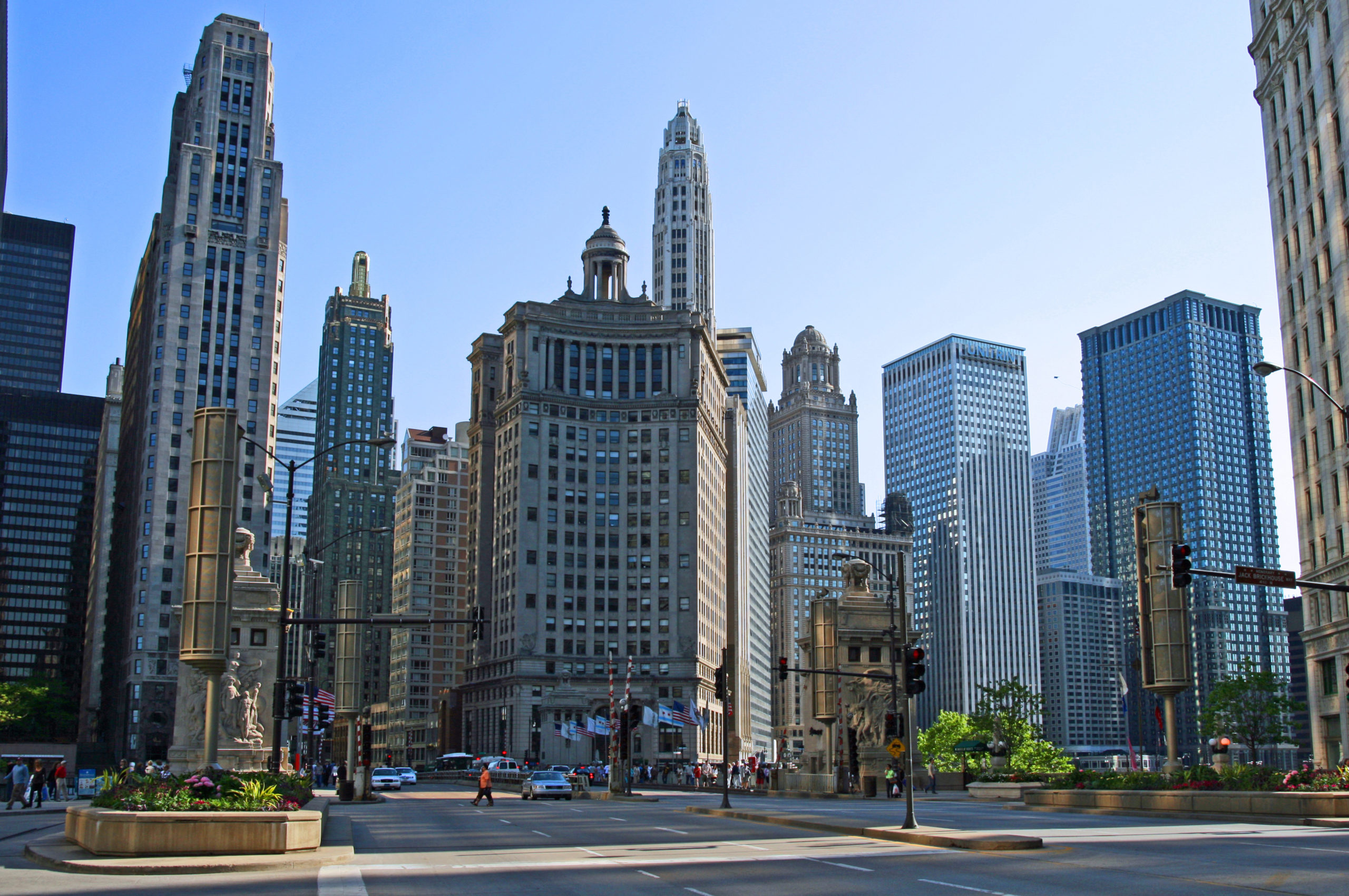
(Bert Kaufmann/CC)
The key, says Taleb, is to recognise bad events for what they are: Opportunities to learn and adapt. The struggle, however, will be for us to make our political systems, social policies, technological infrastructures and finances less vulnerable to randomness and chaos, while imbuing them with antifragility such that they benefit from stress, errors and change.
While catastrophes and unexpected shocks can be beneficial, they are, for the most part, incredibly negative. Taleb’s concept in particular has received its fair share of criticism — often for good reason (you can read critiques here, here and especially here). Recently, his interpretation of the Precautionary Principle, intertwined with a dubious understanding of GMOs, has landed Taleb in some hot water.
Technologies That Thrive On the Unexpected
Not surprisingly, Taleb’s concept can apply to the development of technologies as well. As noted by Robert W. Lucky in IEEE Spectrum, engineers and developers should strive to make technologies that thrive under unexpected or adverse conditions.
Lucky highlights an interesting example, namely the chaotic and unpredictable effects of the multipath phenomenon. Sometimes, when sending and receiving signals, it’s good to have multiple pathways to enhance system performance. He points to a technique used in the burgeoning field of computational photography:
In any scene, light arriving at our eyes or on a camera lens has come from multiple reflections, refractions, absorptions, and so forth. An ordinary camera captures an instantaneous superposition of all these arriving rays but loses any information about the directionality of rays, relative time delays, and individual amplitudes.
The first camera to record more of this information, the Lytro, is now a commercial product. Using a multifaceted lens and taking advantage of the ever-growing sensor capacity, the Lytro captures the directionality of light rays as they arrive. I am reminded of the early work in computer graphics that created lifelike representations using ray tracing, in which light rays — with all their reflections and refractions — are traced from a source to a viewer and computed to produce the image. With the Lytro we have the inverse problem: Given the rays, can we compute the scene? The Lytro software does exactly that and permits the user to choose a focus or move the perspective subsequent to image capture.

Above: The Lytro
One can imagine the concept of antifragility being applied to other technologies as well, where randomness and disruptions could fuel or improve a process or experience. It would be like embedding the philosophy of jujitsu, in which the energy or power of a stressor is turned to an advantage.
Predict, Plan, Persist
Clearly, there are limits to saying disasters are “good in the long run”, or in the degree to which we should forgo planning in favour of developing antifragile systems. Such prescriptions are not universally applicable or appropriate. It simply doesn’t — and can’t — apply to many of the challenging realities facing human civilisation.
These notions also say nothing about our moral imperative to protect the welfare and interests of as many people as possible; advocates of antifragility laud the ability of outliers to survive setbacks, often at the expense of the inflexible and fearful masses.
We should also put more trust in our ability to predict and engage in responsible foresight.
Looking to the future, it’s clear that humanity faces a number of predictable risks. Whether or not they will actually happen is an open question. But that doesn’t mean we can’t anticipate these risks and plan accordingly. Moreover, through foresight activities, we can chart a map to a sustainable and safe future — one that can still contain both fragile and antifragile systems.
Lastly, but very importantly, we also need to address existential risks. By its very definition, an x-risk is a calamity that causes human extinction. Afterwards, there will be no one to learn from the experience. There will be no trial-and-error. The onus, therefore, is on us to predict as best we can how such a calamity could come about and prevent it from happening.
[ Economist [NYT [WSJ [New Scientist [Wired ]]
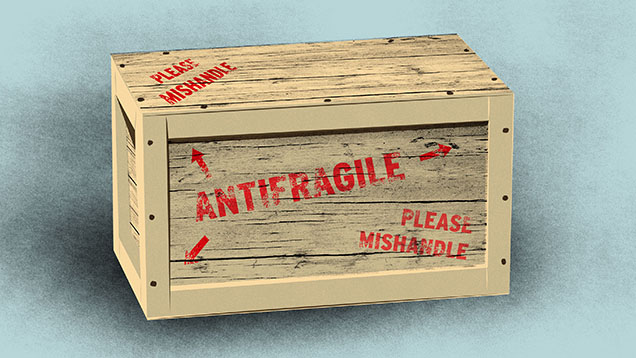
Comments